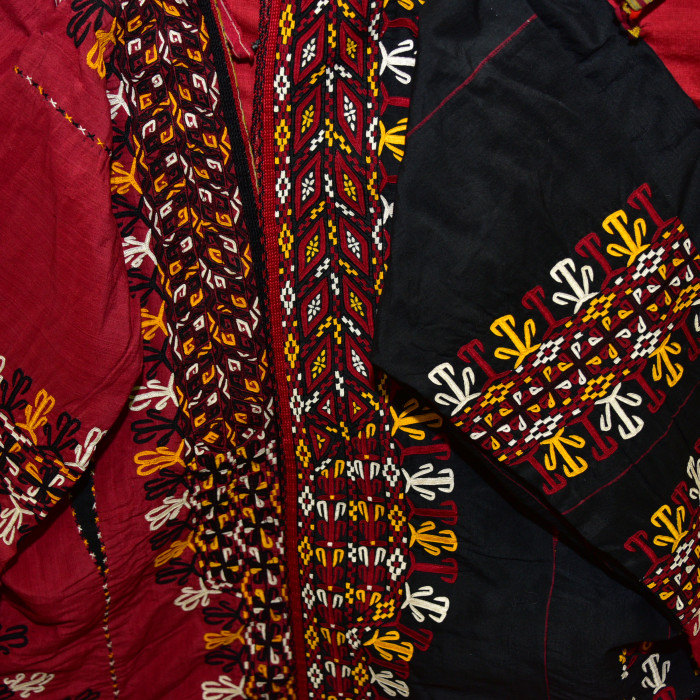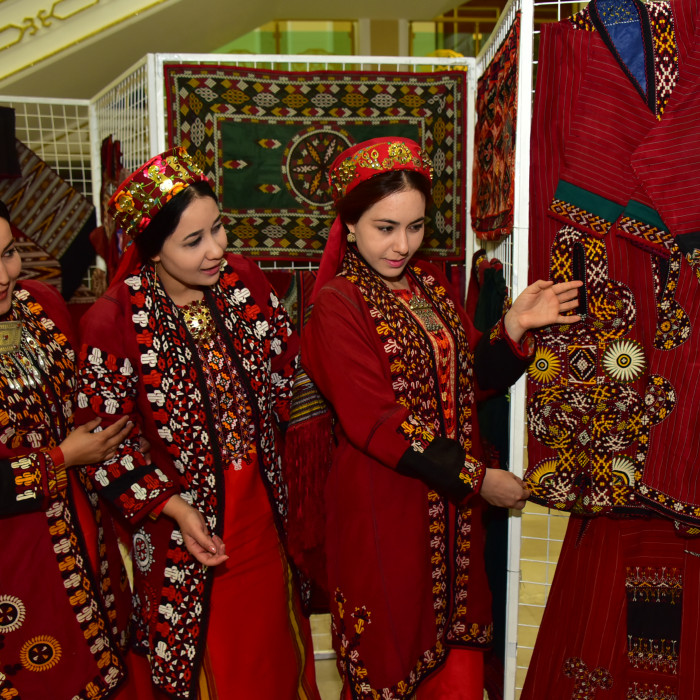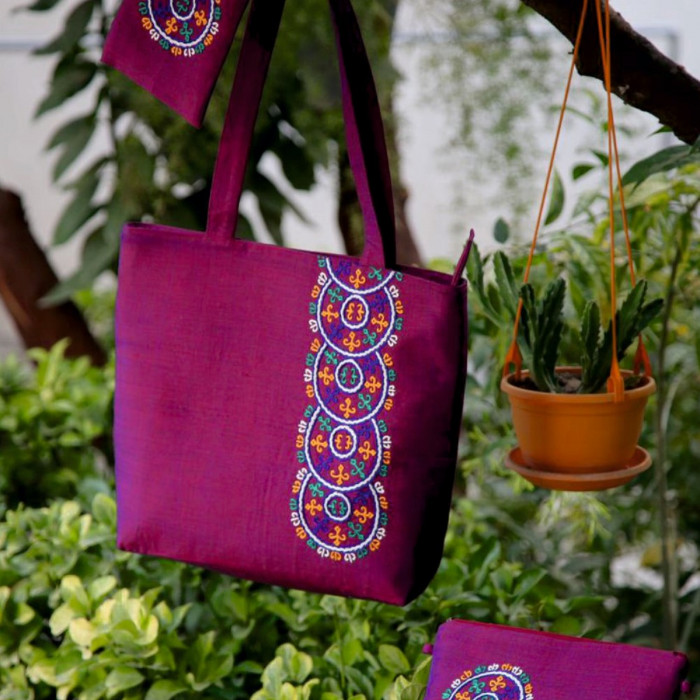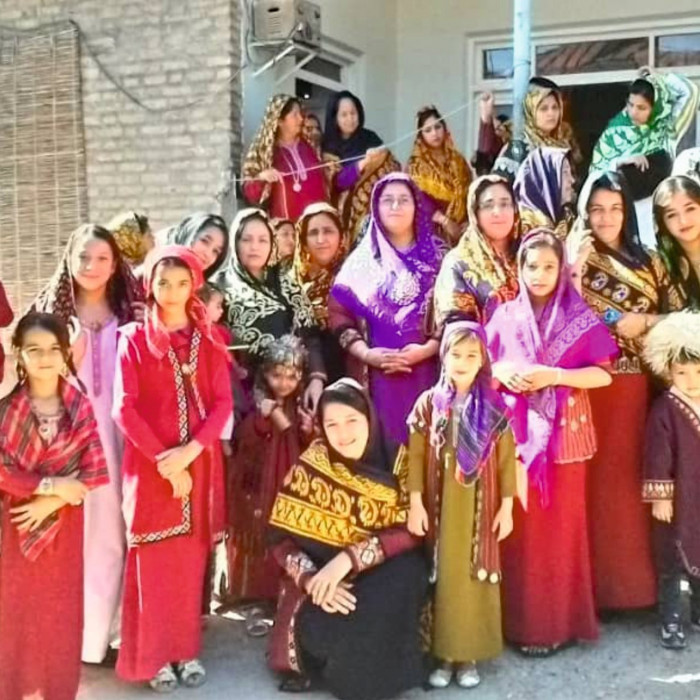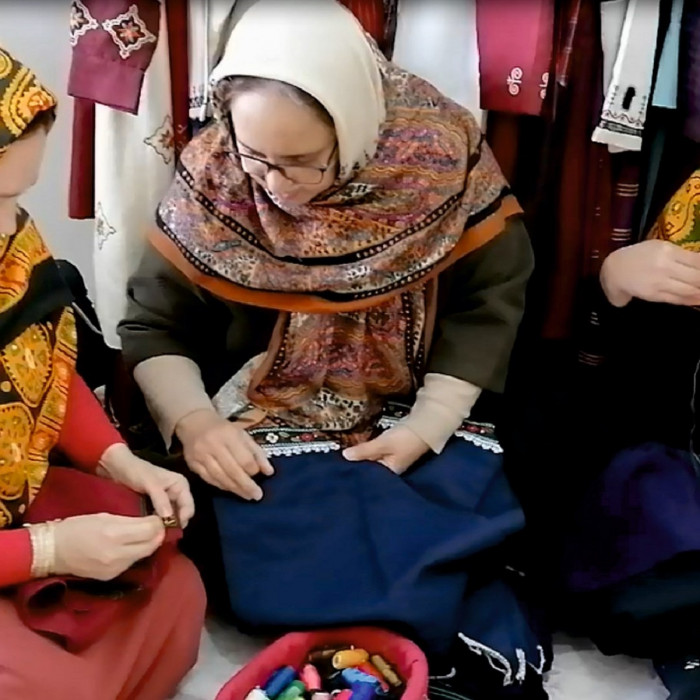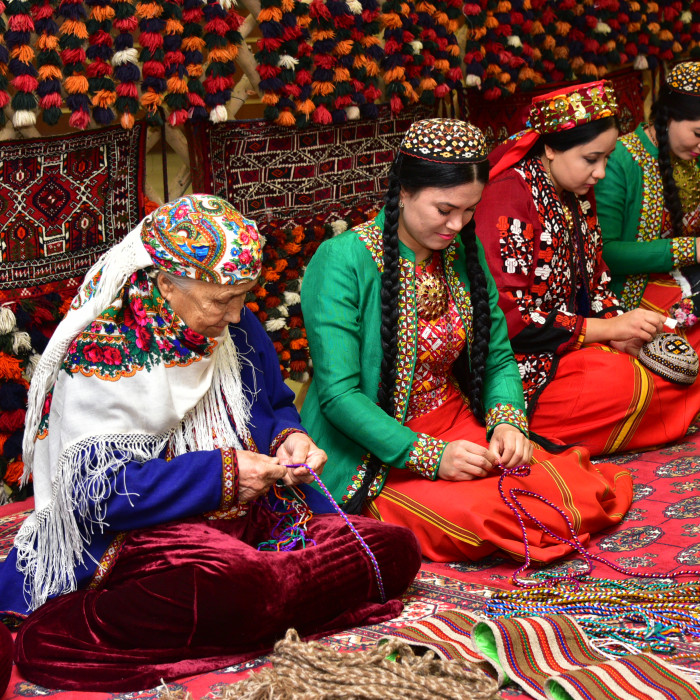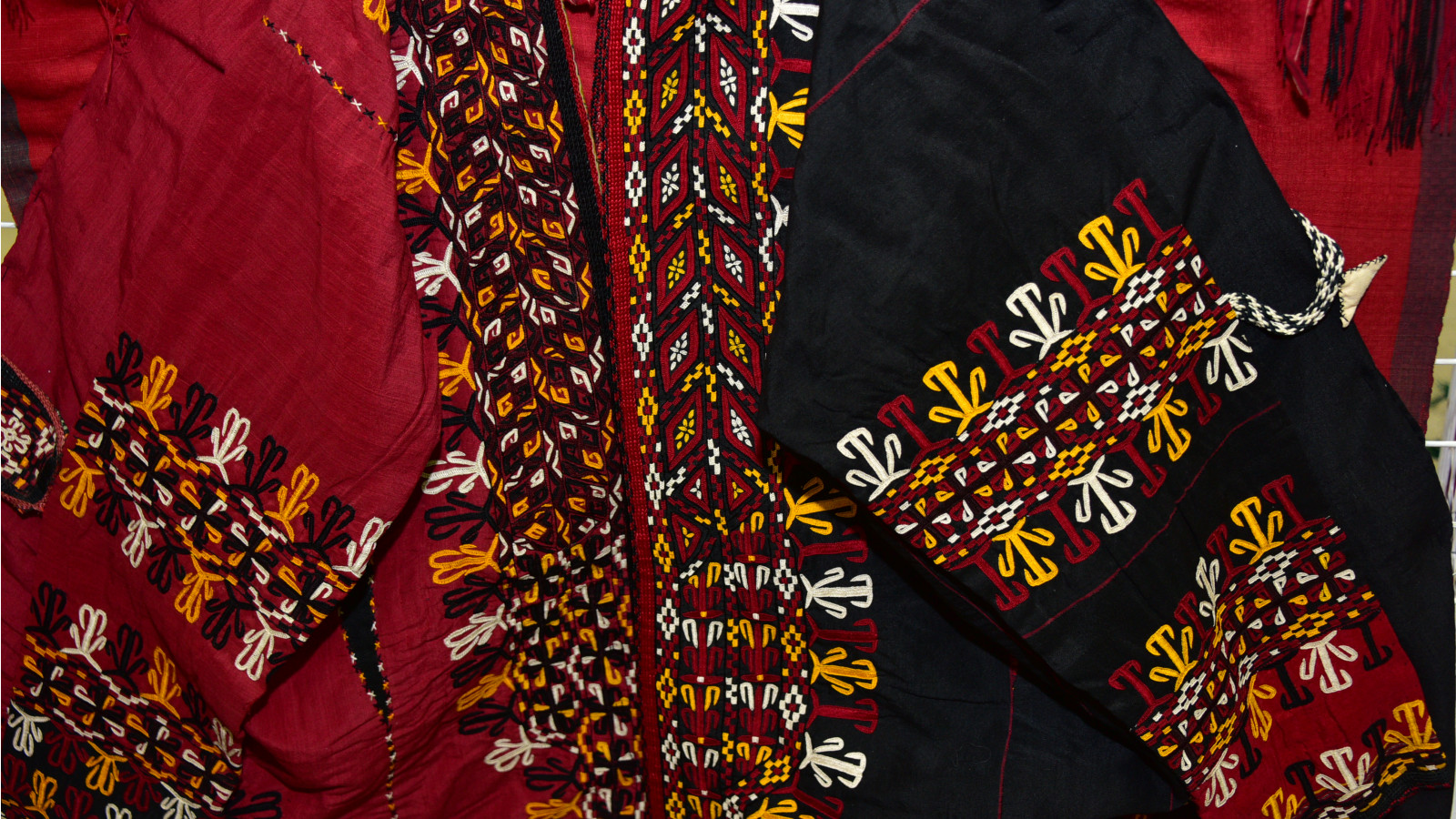
As a multicultural nomination file, Turkmen-style needlework art was inscribed on the UNESCO Representative List of Intangible Cultural Heritage of Humanity, during the 17th Session of Intergovernmental Committee for the Safeguarding of the Intangible Cultural Heritage. The session was held in Rabat, the capital of Moroco, between November 28- December 3, 2022. Accordingly, the number of Iran’s cultural items inscribed on lists of Intangible Cultural Heritage reached 20.
Turkmen-style needlework is a decorative-applied art used on the national dress of Turkmen people. In order to make a Turkmen-style needlework product, artists need to prepare thin silk threads through intertwining them in three layers and then, make them shiny by straitening with a large needle. There are several different needlework styles varying according to the region. Traditionally, young girls learn this art from their mothers and grandmothers; therefore, there is no age limit for learning the craft. The main color in Turkmen-style needlework art is red, however, many other colors are also popular like vinous, yellow, white, blue, orange, green and azure blue. Colors and patterns have symbolic meanings in Turkmen-style needlework art. Decorated cloths with needlework are worn in wedding ceremonies, for funerals and other cultural events. However, they are also popular as decorative parts of ordinary clothing, like pants, shawls, coats, scarves and accessories.
Turkmen people call this art “Keshteh”, “Koujkeh”, or “Ilmeh”. The firs signs of this craft dates back to eight thousand years ago, discovered in Kamarband and Hoto caves, Behshahr, Mazandaran province. Nevertheless, it reached its highest popularity in Afsharid, Zand and Qajar periods. There are some slight differences between the needlework products in Iran and Turkmenistan, in terms of colors and patterns. Examples of Turkmenistan needlework art related to 18th century are on display in well-known museums around the worlds. In Iran, Turkmen-style needlework art is more popular among Turkmen people who live in North Khorasan and Golestan Provinces.
Turkmen-style needlework art was previously inscribed on the National Heritage List in 2012. However, the recent file was submitted with Turkmenistan. It should also be mentioned that seventeen items from Iran, or as multicultural files, had already gained the same UNESCO status, including: Traditional skills of carpet weaving in Kashan (2010), Radif of Iranian music (2009), Traditional skills of carpet weaving in Fars (2010), Music of the Bakhshis of Khorasan (2010), Pahlevani and Zoorkhanei rituals (2010), Ritual dramatic art of Ta‘zīye (2010), Naqqāli, Iranian dramatic story-telling (2011), Traditional skills of building and sailing Iranian Lenj boats in the Persian Gulf (2011), Qālišuyān rituals of Mašhad-e Ardehāl in Kāšān (2012), Flatbread making and sharing culture: Lavash, Katyrma, Jupka, Yufka (2016), Nawrouz, Novruz, Nowrouz, Nowrouz, Nawrouz, Nauryz, Nooruz, Nowruz, Navruz, Nevruz, Nowruz, Navruz (2016), Art of crafting and playing with Kamantcheh/Kamancha, a bowed string musical instrument (2017), Chogān, a horse-riding game accompanied by music and storytelling (2017), Traditional skills of crafting and playing Dotār (2019), Art of miniature (2020), Pilgrimage to the St. Thaddeus Apostle Monastery (2020), and the National programme to safeguard the traditional art of calligraphy in Iran (2021).
